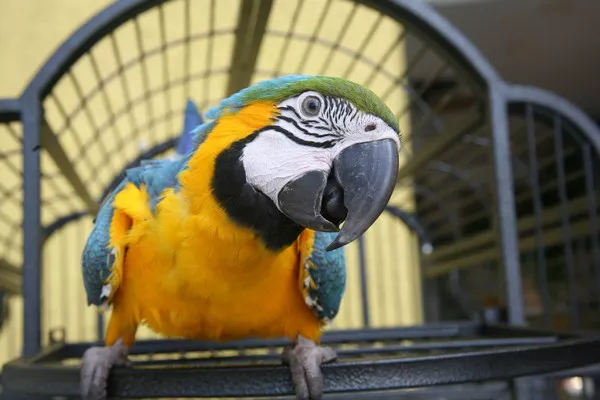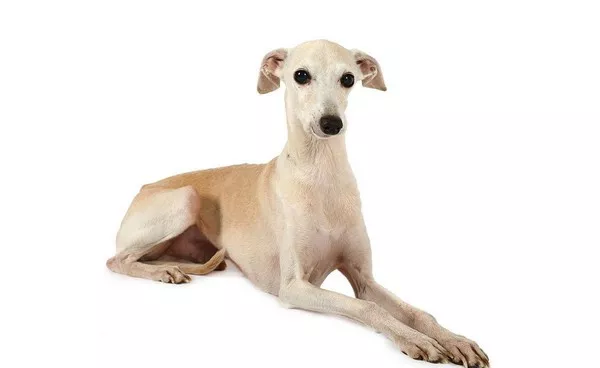Corn snakes are one of the most popular choices for pet reptile enthusiasts. Known for their docile nature, vibrant patterns, and manageable care requirements, they make an excellent choice for both beginners and experienced reptile keepers. A significant aspect of keeping corn snakes healthy and thriving is ensuring their dietary needs are met. This article will explore whether corn snakes can eat crickets, the role insects play in their diet, and how to provide proper nutrition for your scaly companion.
Understanding the Natural Diet of Corn Snakes
Corn snakes (Pantherophis guttatus) are native to the southeastern United States, where they inhabit a range of environments, including forests, grasslands, and agricultural fields. As non-venomous constrictors, their diet primarily consists of small mammals, birds, and occasionally reptiles or amphibians. Their eating habits in the wild are opportunistic, meaning they consume whatever prey is available and manageable based on their size.
One thing that stands out about corn snakes in the wild is their preference for vertebrate prey. They are particularly fond of small rodents like mice, which provide the protein and nutrients necessary for their growth and overall health. However, this does not mean they completely avoid insects or other invertebrates in their diet. Younger or smaller corn snakes may opportunistically eat insects if they encounter them, but this is not a staple part of their diet.
Can Corn Snakes Eat Crickets?
Yes, corn snakes can eat crickets, but there are caveats. Crickets are not toxic or harmful to corn snakes, but they are not nutritionally sufficient to serve as a primary food source. Here’s a deeper look into why:
Nutritional Content
Crickets are a good source of protein but lack other essential nutrients that corn snakes derive from their natural prey, such as small rodents. Mice, for instance, provide calcium, fats, and other vitamins and minerals that crickets simply cannot match. Feeding corn snakes a diet exclusively or primarily consisting of crickets may lead to nutritional deficiencies over time.
Size Considerations
Crickets are much smaller than what a typical corn snake would consume. Even hatchling corn snakes can handle pinkie mice (newborn mice), which are more nutritionally appropriate for their growth needs. Feeding crickets might require offering an impractical quantity to meet the caloric demands of your snake.
Behavioral Factors
Corn snakes are constrictors and are adapted to hunting larger prey that they can grasp and subdue. While they might consume a cricket if it moves enticingly enough, it is not an ideal feeding behavior for them and could lead to stress or frustration.
When Are Crickets Appropriate?
Despite the limitations, there are scenarios where crickets might be a suitable option for your corn snake:
Hatchling Corn Snakes
Very young corn snakes might eat crickets if they are struggling to accept pinkie mice. In this case, gut-loaded crickets (crickets fed with nutrient-rich food) can be offered as a temporary measure until the snake transitions to more appropriate prey.
Supplemental Treats
Crickets can occasionally serve as a dietary supplement or enrichment item. Watching a corn snake stalk and capture a cricket can mimic some of their natural hunting behaviors, providing mental stimulation.
Emergency Feeding
If you run out of their primary food source, crickets may be used as a stopgap. However, this should not become a regular practice.
How to Offer Crickets Safely
If you decide to feed crickets to your corn snake, it’s important to follow these guidelines to ensure safety and nutritional value:
Gut-Loading the Crickets
Before offering crickets to your snake, make sure they are gut-loaded. This means feeding the crickets a high-quality diet rich in vitamins and minerals. Vegetables like carrots, leafy greens, and squash, as well as commercial cricket diets, work well for this purpose. Gut-loading improves the nutritional value of the crickets for your snake.
Size Appropriateness
Choose crickets that are appropriately sized for your corn snake. As a rule of thumb, the cricket should not be wider than the widest part of your snake’s body to prevent choking or digestive issues.
Live vs. Pre-Killed Crickets
While live crickets can stimulate natural hunting behavior, they can also pose a risk if left unattended in the enclosure. Crickets may bite or stress your snake. If using live crickets, ensure they are eaten promptly. Alternatively, pre-killed crickets can be offered using feeding tongs to simulate movement.
Moderation
Crickets should never replace a corn snake’s primary diet of appropriately sized rodents. Use them sparingly and only as a supplement or in special situations.
Why Rodents Are Better Than Crickets
For most corn snakes, rodents are the gold standard for nutrition. Here’s why they are superior to crickets:
Complete Nutrition
Mice provide a balanced mix of protein, fat, calcium, and other nutrients essential for a corn snake’s health. The bones of rodents are a natural source of calcium, which supports bone health and egg production in females.
Ease of Feeding
Frozen-thawed mice are readily available and easy to store. They are also less risky than live prey, which could injure your snake. Feeding rodents eliminates the complications of gut-loading and live prey management.
Growth and Maintenance
Rodents are calorie-dense, making them ideal for supporting the growth of young corn snakes and maintaining adult snakes’ energy needs.
Potential Risks of Feeding Crickets
Although crickets are not inherently dangerous, there are some risks to be aware of:
Parasites and Diseases
Crickets can carry parasites or diseases that may harm your snake. Always purchase crickets from a reputable supplier to minimize this risk.
Stress or Injury
Live crickets left in the enclosure can nip at your snake, causing minor injuries or stress. Always supervise feedings and remove any uneaten crickets.
Inadequate Nutrition
A diet heavy in crickets may result in malnutrition, as they lack the comprehensive nutrients corn snakes require.
Alternatives to Crickets
If you are looking for occasional variety in your corn snake’s diet, consider these options:
Other Insects
While not ideal as a primary diet, other insects like roaches or mealworms can be used sparingly. Ensure they are gut-loaded and appropriately sized.
Quail or Birds
Occasionally, small birds or quail can be offered, especially to larger corn snakes. This mimics some of their natural prey in the wild.
Reptilinks
Reptilinks are specially formulated sausages made from whole prey ingredients like mice, rats, or quail. They offer balanced nutrition and are an alternative for those uncomfortable with handling traditional prey items.
Conclusion
While corn snakes can eat crickets, they are not a suitable replacement for the primary diet of rodents. Crickets may be used sparingly as a supplement or in specific situations, but relying on them exclusively can lead to health issues. Providing your corn snake with appropriately sized rodents ensures they receive the nutrients necessary for a long, healthy life.
Understanding your corn snake’s dietary needs and preferences is crucial to being a responsible pet owner. By offering a proper diet and occasionally supplementing with treats like crickets, you can help your corn snake thrive in captivity. Always consult a reptile veterinarian or expert if you have questions about your snake’s dietary requirements.
Related Topics:





















